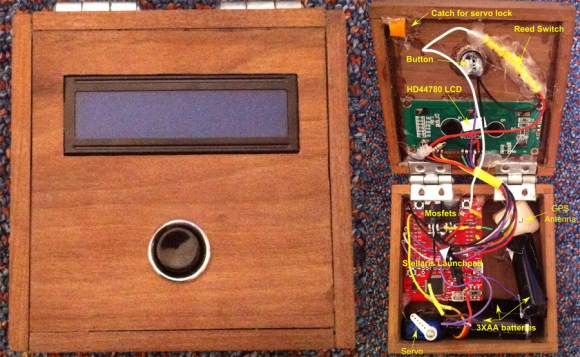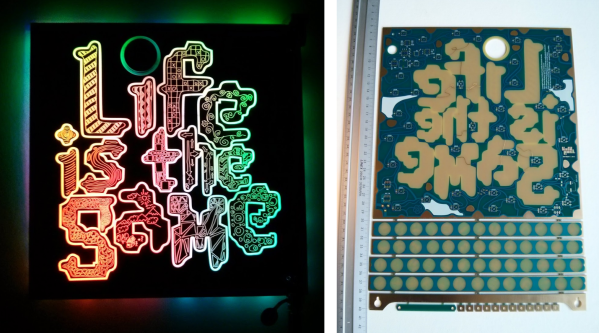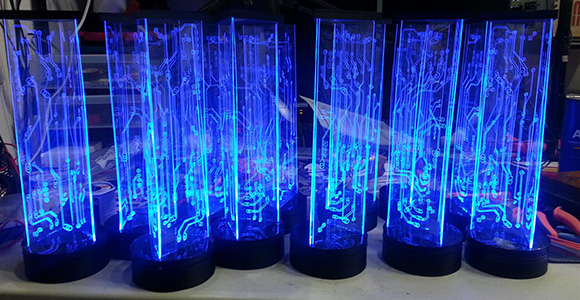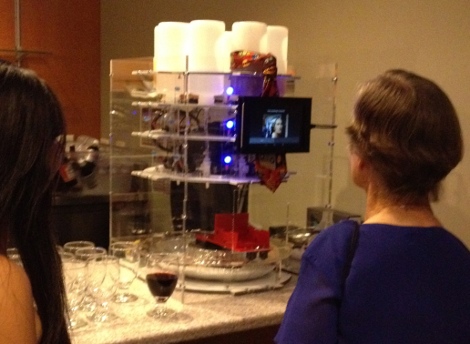
[Quinn]’s friends were getting married, and while the couple wanted something like a ‘unity candle’ ceremony, they though simple candles were entirely unimpressive and ultimately not very entertaining for the guests. They decided a unity fireball would be a much better representation of their relationship, and were lucky enough to have a good friend that could build one.
The design of [Quinn]’s unity candle consisted of a control box with two key switches, a giant button, and the gigantic propane fueled candle set well back from the bride, groom, and guests at the ceremony. The candle itself releases the entire contents of an accumulator tank over a hot surface igniter, creating a thirty foot fireball without a visible pilot light, or the loud jet-like sound you would get from a traditional ‘poofer’.
As with all giant fireballs in front of an audience, safety was of the highest concern. [Quinn] didn’t use a full propane tank for this build, instead, a new, purged, and never used tank was used as an accumulator, storing just enough propane for one giant fireball. All the valves, regulators, and plumbing were rated for LP, and [Quinn] even filled out the proper forms and got the local fire department to sign off on it. It’s safer than [Caleb]’s Mario fire flower, but you still shouldn’t try this at home.
Video of the ceremony below.

















